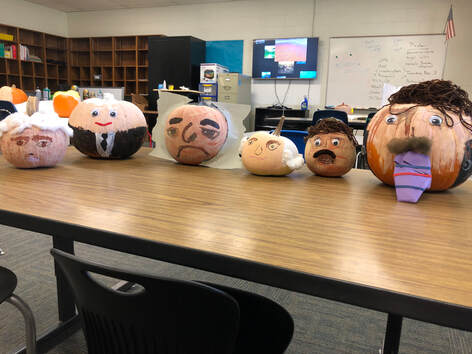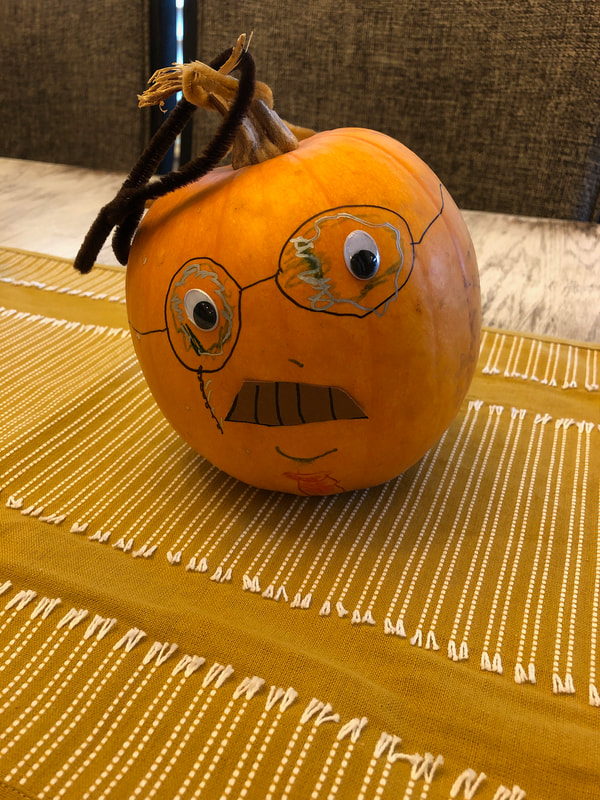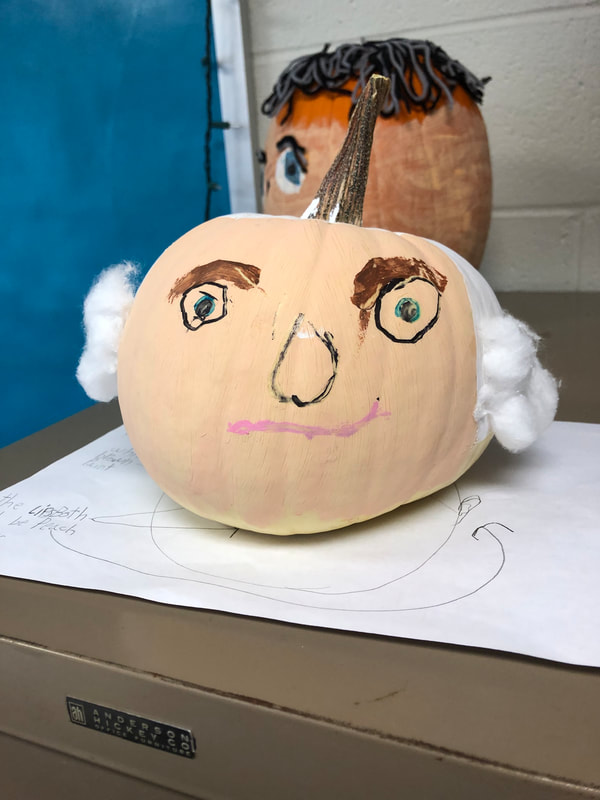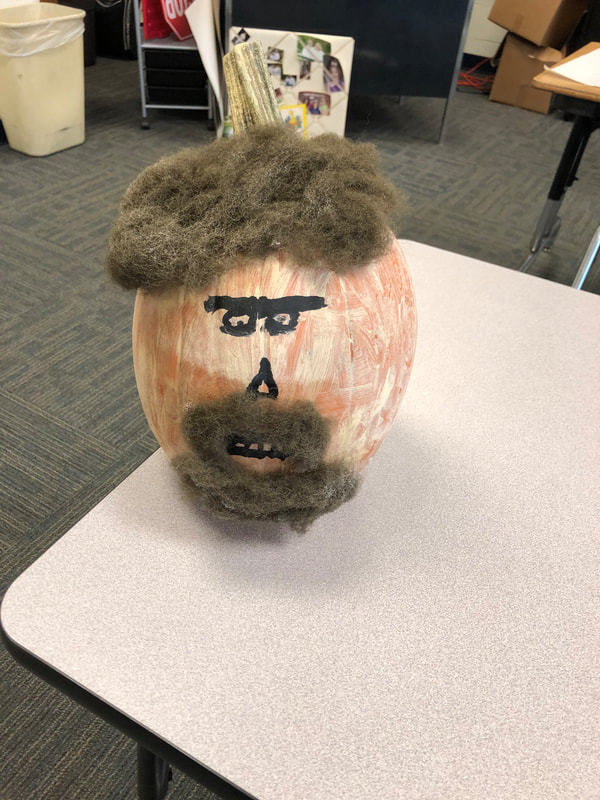|
By Michaela Liebst  As a child, and still as an adult, I would rather write a two-page paper before I attempted to draw anything. Art was never my chosen form of expression in the classroom, and I was always grateful when English teachers provided options that were more linear than creative. When I first started teaching, I made the dangerous assumption that all students had the same educational experience as me, and did not assign artistic work for fear that it would bring frustration and terror to my classroom. Obviously, this lack of creativity, voice, and choice in the classroom had the exact opposite effect, and I quickly learned that I was the odd woman out when it came to creative projects. No matter the age group, students crave to be given a creative outlet, and as teachers, this is our dream come true. Allowing students to demonstrate mastery of a concept in an artistic or creative format makes our jobs more fun as well as the students’. Being an elementary gifted facilitator, I see the benefits of incorporating play and creativity into my classroom daily. Engagement is instantly increased when I allow students to draw, paint, or act out their responses to a prompt. And while I used to prescribe to the notion that allowing students a chance to craft and create was “leisurely” or “a break,” I was quickly corrected in my thinking. As stated by Ben Johnson, in his article “ 4 Ways to Develop Creativity in Students” (2019), “Creativity is the most difficult thinking skill to acquire” with ‘synthesis’ being the highest-order of thinking. Before I was experienced in seeing students interact with creative assignments, I assumed they would be easy for students. I was instantly proven wrong. Over time, opportunities for creative expression have been wrung out of the classroom schedule to make room for much more mundane and rote tasks. This means that students are having to relearn the skills required to think for themselves and generate unique products. Therefore, I make it my mission to provide students with the opportunity and challenge to exercise their creative muscles and show what they know in creative and exciting ways. One of my favorite ways of doing this in the 2020 school year has been a themed project that goes with both our nation’s election and the spooky season. To kick off a unit that will require students to learn about our government, identify leadership characteristics, and ultimately nominate their own fictional presidential candidate, I wanted to expose students to our nation’s past leaders. However, I wanted to amp up the typical research project and allow my students to have some fun. Thankfully, my love for the fall season might be unmatched, and I was inspired by the seasonal décor. I decided to couple “boring” research with the creation of a Presidential Pumpkin Patch! Students chose a president that they wanted to learn more about, and then filled out this Google Slides template to help guide them in their research. Once they had learned the necessary facts, I had them bring in a pumpkin from home, and decorate it to look like their president of choice. While I’m sure I may have lost some secondary educator’s interest, I would like to make the case that this assignment would be just as successful, entertaining, and rigorous in the middle school/high school setting. Having students use pumpkins (or any other seasonal décor – I’m already thinking about ornaments for a literary Christmas tree?!) to depict their favorite scene or character would be such a fun and effective way for students to show how they are connecting with a text. Not only will the students in your classroom be engaged, but it might also be an opportunity to engage other students, staff, or community members as well! If you are really wanting to be sure that the assignment is rigorous and standards-based, you can also be sure to supplement the artistic component with a more classroom-typical assignment. For example, in addition to the pumpkin decorating, I also required my students to summarize their research in a paragraph, as well as create a poster with their favorite facts they discovered. I’ve found that my students are great at finding information, but not great at processing the information and summarizing its meaning. However, I know that if we had solely worked on this skill, without the creative activity, their work ethic and willingness to produce high quality summaries would not be as high. Overall, I am passionate about providing students with opportunities to showcase their knowledge in ways that are exciting and meaningful to them. These types of projects always turn my room into an environment filled with laughter, energy, and engagement. I also know it academically benefits students for a multitude of reasons. When they are synthesizing knowledge in new and unique ways, the information I am wanting them to take away is etching itself into their brain so much more permanently than if I just gave them a multiple-choice quiz. And while these benefits for my students are great, I’m also human and a little selfish – coming up with lesson plans when I know the end result is going to be something as fun as a decorated pumpkin keeps me engaged and pushes my creative muscles. It truly is a win-win! Share below some of your favorite ways to allow for students to be creative in the classroom. Bonus points if your ideas are seasonal, as I’ve found that seasonal assignments have been my favorite to think up so far!  About the Author Michaela Liebst is an elementary gifted facilitator in the Derby School district. She has a passion for project-based learning and challenging both her students and through herself through creative projects. Teachers are her favorite people in the world, and she always feels re-energized after collaborating and learning from her colleagues. You can reach her on Instagram (@mliebst) or by e-mail (michaelaliebst1@gmail.com).
0 Comments
Your comment will be posted after it is approved.
Leave a Reply. |
Message from the EditorWelcome! We're glad you are here! Archives
April 2024
Categories
All
|



 RSS Feed
RSS Feed